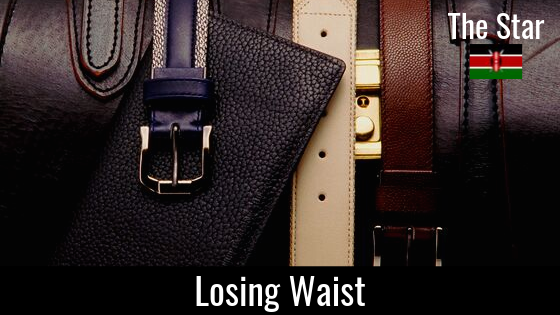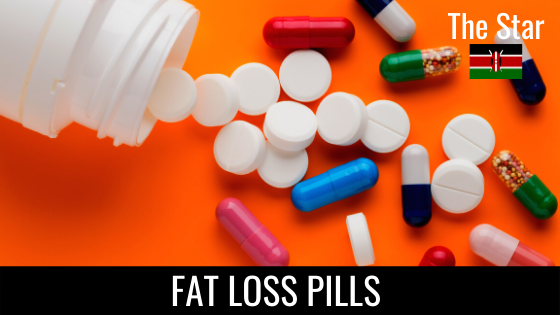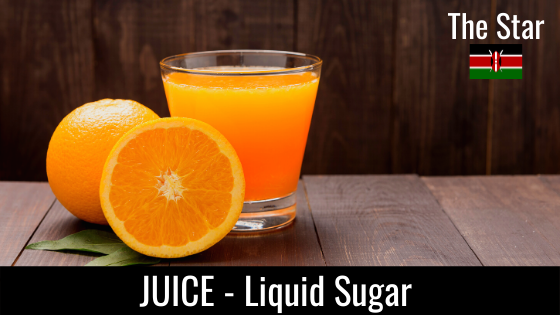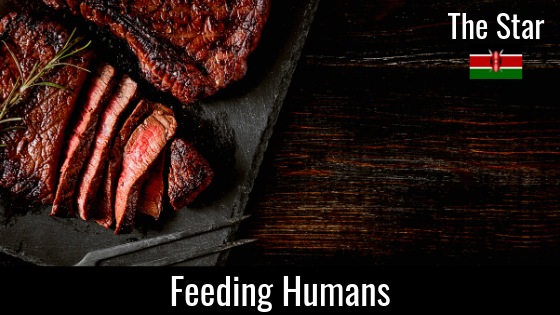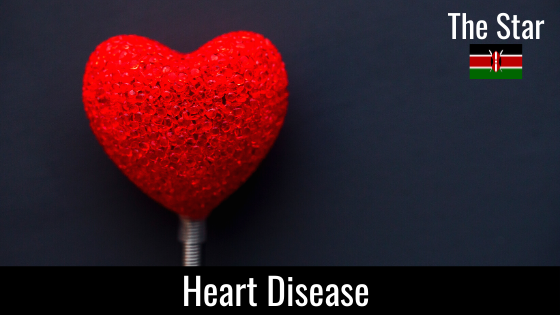Walk around the streets of Nairobi or Kisumu and observe the changing shape of Kenyan adults and children. Observe the disappearance of belts, hidden from view by large bellies. Observe the women who have lost their enviable, voluptuous, ‘figure of 8’ shape in place of a more androgynous appearance.
Specifically, note their waist to height ratio. Allow me to explain why this should be the new surrogate marker of health.
Large waistlines are a sign of dis-ease. There is nothing benign or admirable about a potbelly. We know that beneath that belly lies a ticking time bomb. A large waist is strongly associated with an increased risk of type 2 diabetes, heart disease, and death, even after controlling for BMI (Body Mass Index). This means that even if you are not overweight, having a large waist may mean that you are at a higher risk of health problems than someone with a trim waist.
Visceral Fat – The Dangerous Kind
There are are two main types of fat. Subcutaneous fat and visceral fat. Subcutaneous fat, the fat stored directly under the skin, the one that many recognise as cellulite, makes up about 80% of our total body fat. A moderate amount is good for your health and has, in fact, been linked to increased longevity.
Visceral fat, on the other hand, is the deadly fat. It is the fat within your abdomen – inside and around your organs, like your liver and kidneys. People with large waists, regardless of whether they are overweight or not, often suffer the metabolic consequences of high visceral fat, i.e., insulin resistance, inflammation, high triglycerides, low HDL ‘good’ cholesterol, high blood sugar, or high blood pressure. These are the risk factors that, together, promote type 2 diabetes, some cancers, heart disease, strokes, and dementia. Unlike acute inflammation, which has a protective function, chronic (long-standing) inflammation is always harmful.
You don’t need to look overweight or obese to be at risk of developing diabetes.
The main modifiable cause of excessive abdominal fat is a diet high in refined carbohydrates, processed food, and sugar – particularly that hidden in sodas and juices. A beer belly is not so much about the alcohol, as it is about the carbs within the beer.
It is worth noting that visceral fat is not always visible from the outside. This means that you don’t need to look overweight or obese to be at risk of developing diabetes. Many people appear normal-weight on the outside, yet carry some extra weight around their middle. They may appear healthy on the outside, but the inside tells a very different, more alarming story.
If you appear lean but have noticed the tell-tale ‘middle-age spread’, or if you’ve been diagnosed as a ‘borderline’ diabetic and you have an unhealthy, carbohydrate-loaded diet, now is the time to take action. If you’re already unwell, then this information should be the catalyst you need to regain control of the wheels of your health.
Weight is Misleading
Bodyweight is misleading, as is BMI. Our bathroom scales are not particularly helpful in telling us how healthy or unhealthy we are. Our weight is largely meaningless. Consider a muscle-heavy labourer and a fat-heavy bus driver. Both weigh 100kg. But their appearance on the outside starts to tell the story of how different they are on the inside, health-wise.
Your waist size is not your trouser size.
The visceral fat that resides around our middle is the fat that we ought to be more concerned about. You should focus on the size of your waist, not on how much you weigh. Your waist measurement should be less than half of your height. This is the waist to height ratio I mentioned earlier. As an example, if you’re 170cm tall, your waist measurement should be less than 85cm. A large waist to height ratio correlates perfectly with insulin resistance – a condition that sets the scene for and drives the aforementioned metabolic diseases. Your waist size is not your trouser size. Measure your waist just at the level of your belly button. If it is more than half your height, you need to take action.
Waist Loss, not Weight Loss
Visceral fat is, interestingly, the first fat to disappear as your health improves. This explains why diabetics notice an immediate improvement in blood glucose levels, long before they notice any observable weight loss. A good start is to eliminate all sugars and cut back on refined carbohydrates, like bread, chips and baked goods. Remember that in pursuit of optimal health, the focus must be waist loss, not weight loss.
Our waistlines are a far more superior barometer of our overall health than our weight. The waist to height ratio is the simplest, most accurate and most cost-effective population-based health tool we can adopt, as we continue to make the health of our nation a priority.
This article was published in The Star Kenya, online and in print on 30th September 2019.

